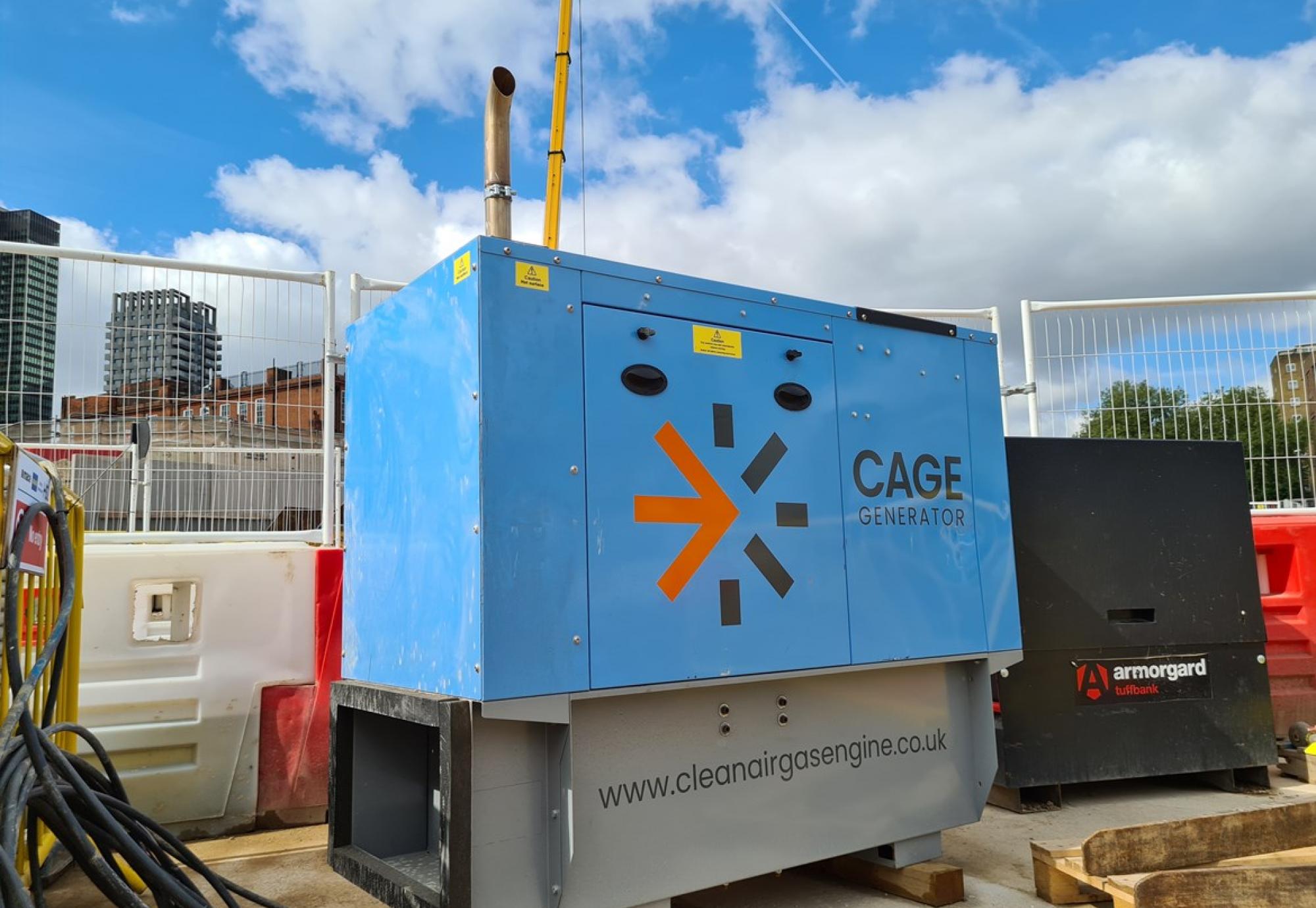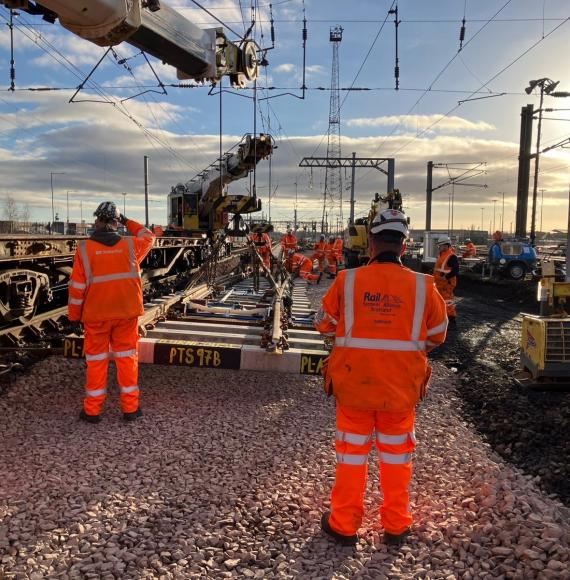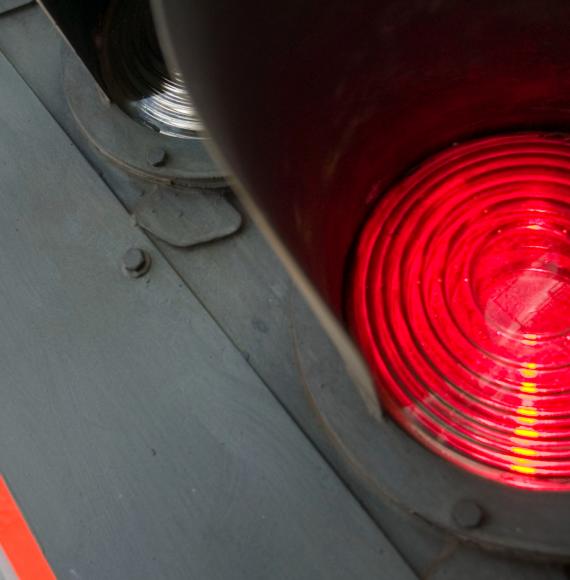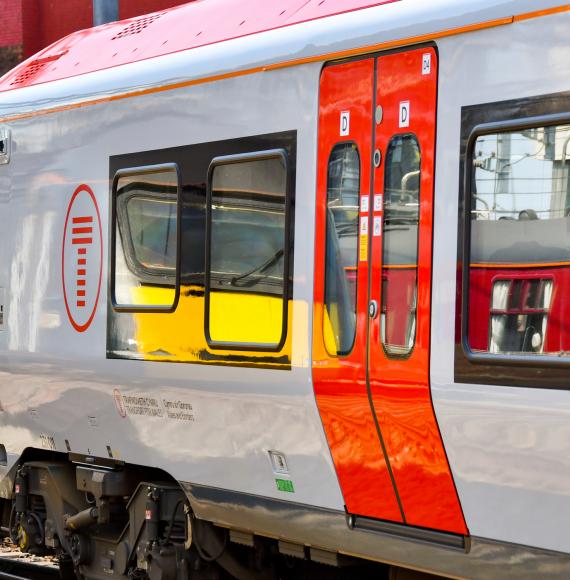HS2 is currently trialling an innovative new Clean Air Gas Engine (CAGE) generator which has been attributed towards massive reductions in emissions, resulting in improved air quality. This trail comes following the successful trial of a CAGE integrated into a solar-battery hybrid power system in an Advante welfare unit on an HS2 construction site from December 2020.
This new system utilises liquefied petroleum gas (LPG) as a direct replacement for diesel, greatly reducing the carbon footprint from the affiliated project. The trial is currently taking place on an HS2 construction site at Euston and is reportedly exceeding in its performance targets.
The generator unit used the latest vehicle Euro 6 engine platform with the automotive industry’s most advanced emission reduction technologies, including intelligent control of the engine’s operation and the latest exhaust aftertreatment systems. According to tests conducted by the Imperial College London, the implementation of the innovative new technology has shown significant reduction in harmful pollutants, up to 95% reduction in NOx (Nitrogen Oxides) and particulate exhaust emissions.
Daniel Marsh, Programme Manager, Centre for Low Emission Construction, Imperial College said:
“Finding new and innovative solutions that can deliver real benefits for construction sites today, as well as in the future, is essential as the industry takes increasing steps to decarbonise.
“The CAGE generator is a perfect example of the low emission technology required to help the sector meet stringent Net Zero targets. This trial demonstrated it to be significantly cleaner than the EU Stage V diesel engines it will displace, helping to reduce emissions, worker exposure and damage to the environment.”
The majority of the UK’s diesel generator fleet still utilise the more conventional EU Stage IIIA engines and thus have minimal to no exhaust gas after-treatment technology that can reduce harmful emissions that are released. This CAGE trial can revolutionise the construction side of the rail sector by decarbonising infrastructural renovations and aiding to achieve net-zero within the industry.
Throughout the trial, the average emissions from the three load points across the 6 test cycles for the 24kW rated engine were calculated and contrasted against three differing emission standards for the corresponding rated power brand. EU Stage IIIA for constant speed diesel engines (category “J”); EU Stage V for constant speed diesel engines (category “NRE-v/c-3”); EU Stage V for non-hand-held spark ignition engines (category “NRS-v-2b”).
The emission test results clearly demonstrate that the CAGE-generator operating on LPG achieved the EU Stage V NRE and EU Stage V NRS emissions standards for all pollutants across all test loads.
Andrea Davidson, HS2’s Air Quality Manager said:
“We aim to make the HS2 project net zero carbon from 2035, with the target of having all our construction sites diesel-free by 2029. To achieve these ambitions, HS2 is working closely with UK manufacturers and researchers to trial new technologies, to help encourage the construction sector to move away from diesel and reduce greenhouse gas emissions. The successful results of the CAGE trials are key milestones in achieving this, and we’re looking forward to seeing products like this rolled out across our sites in the future.”
Want to know more about the opportunities to become a key supplier to the UK rail industry? Attend TransCityRail and access an exclusive marketplace of buyers from Network Rail, HS2, Train Operators, Major Contractors, and all other tiers of the supply chain. For more information and to secure your place click here.
















